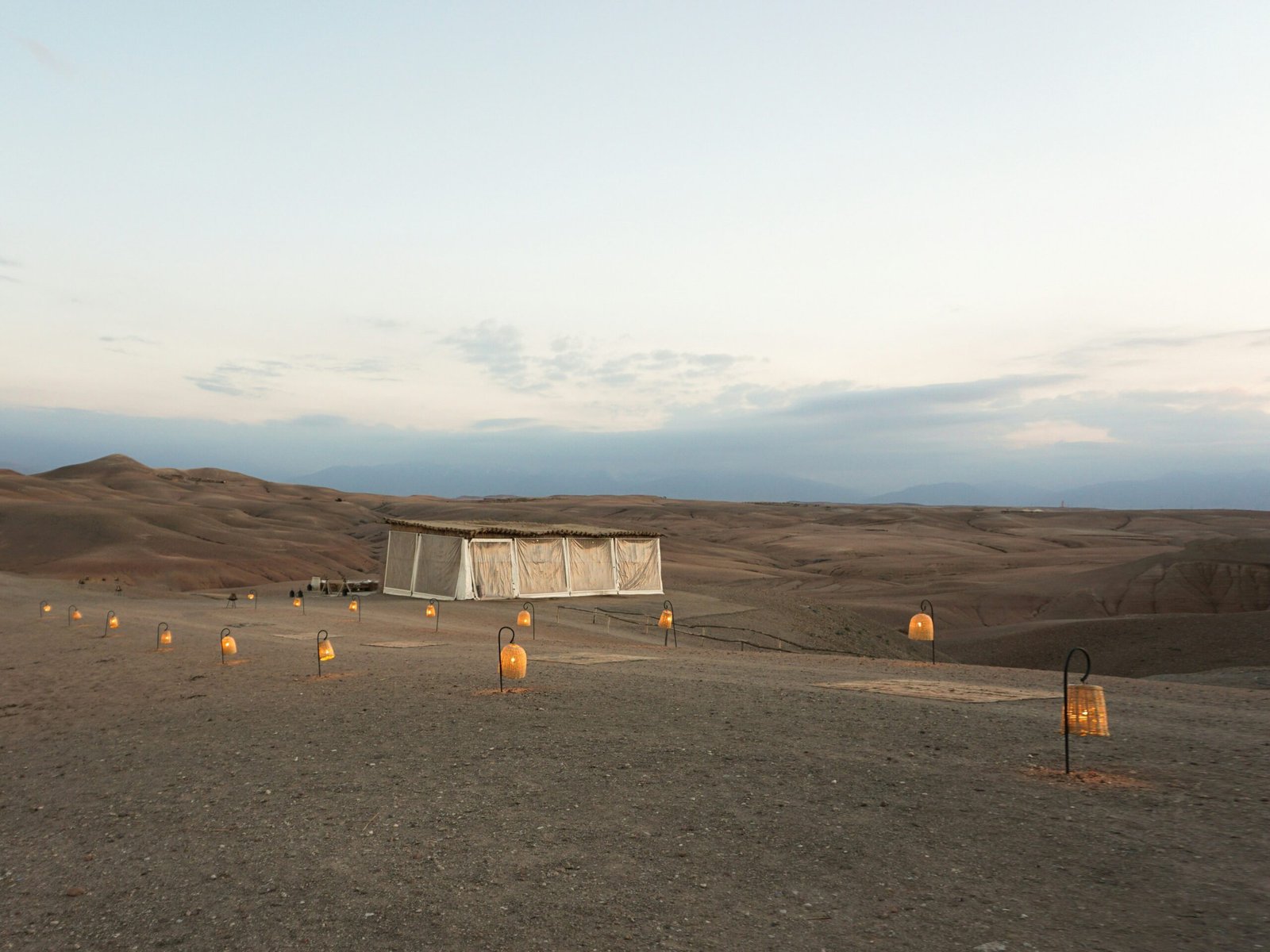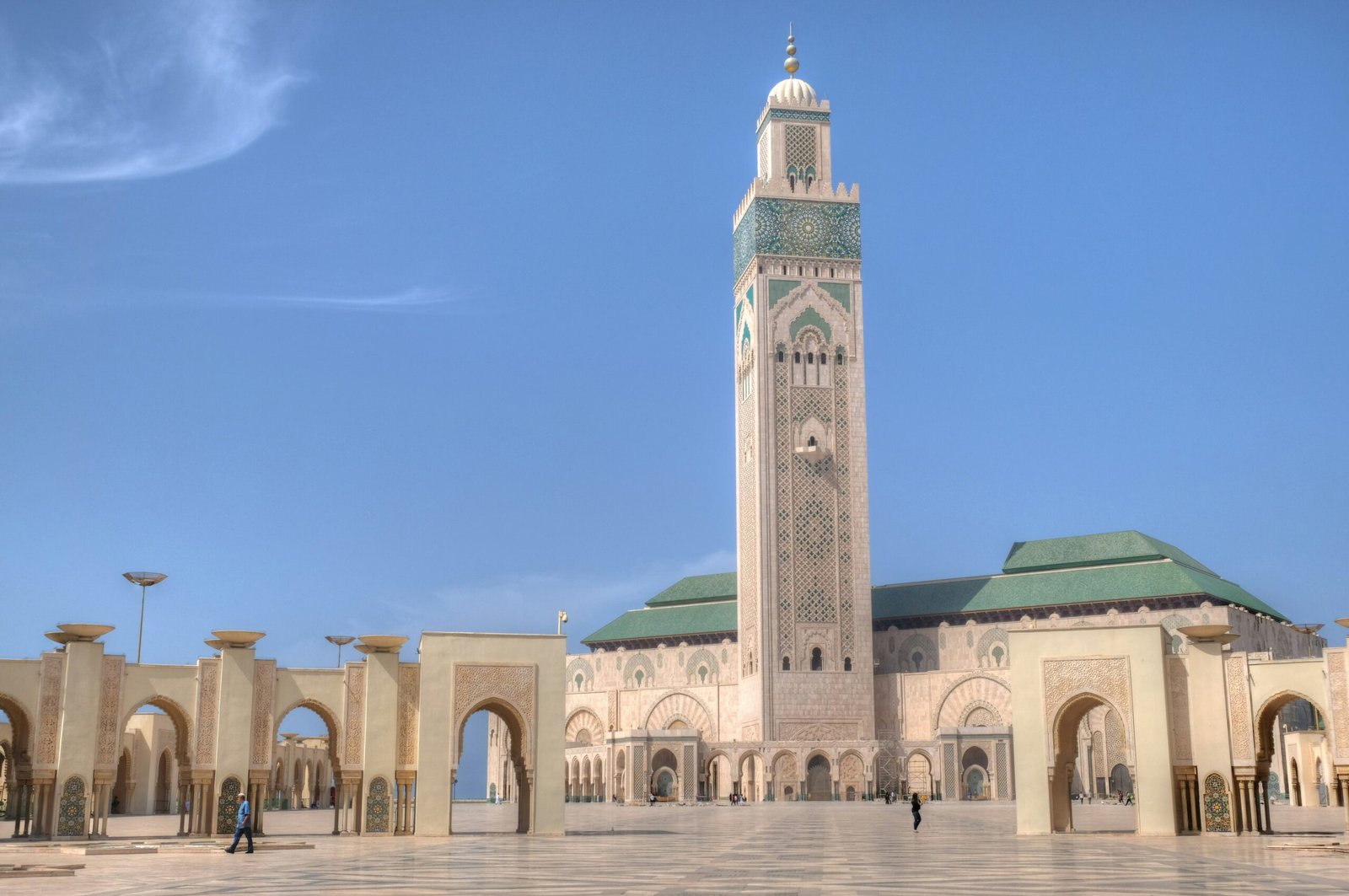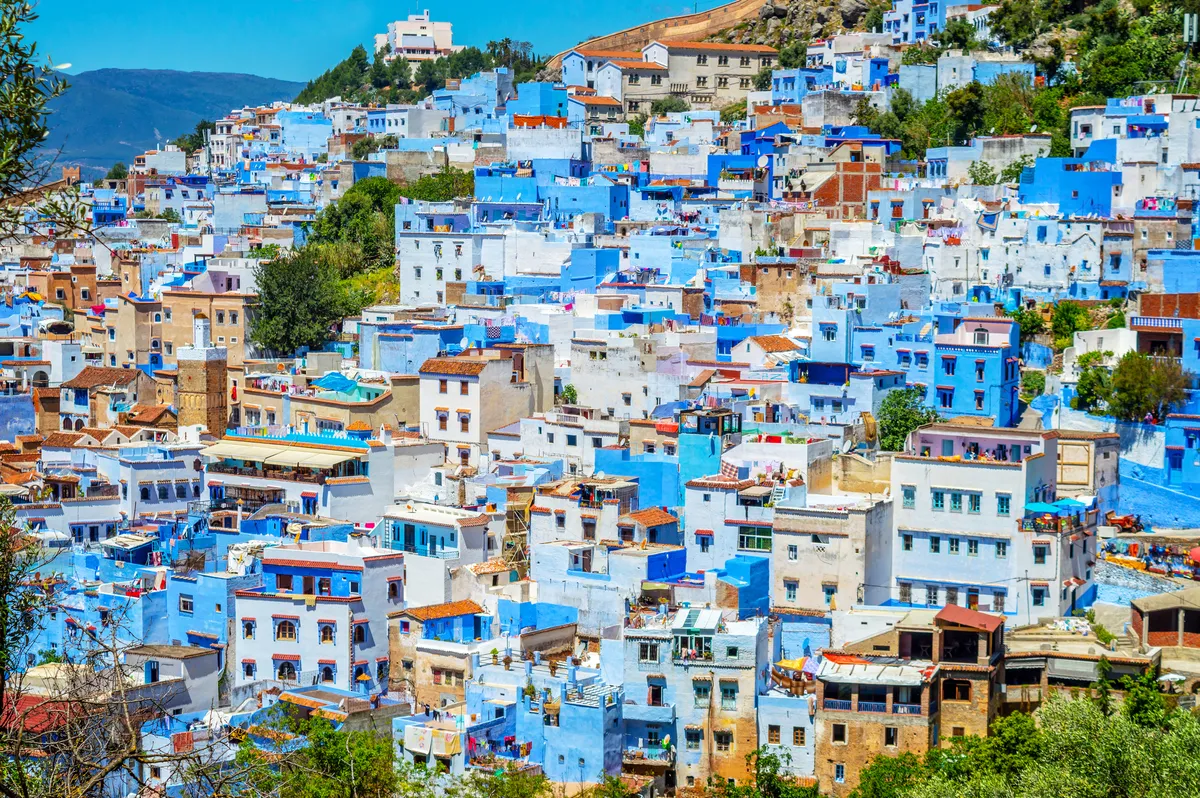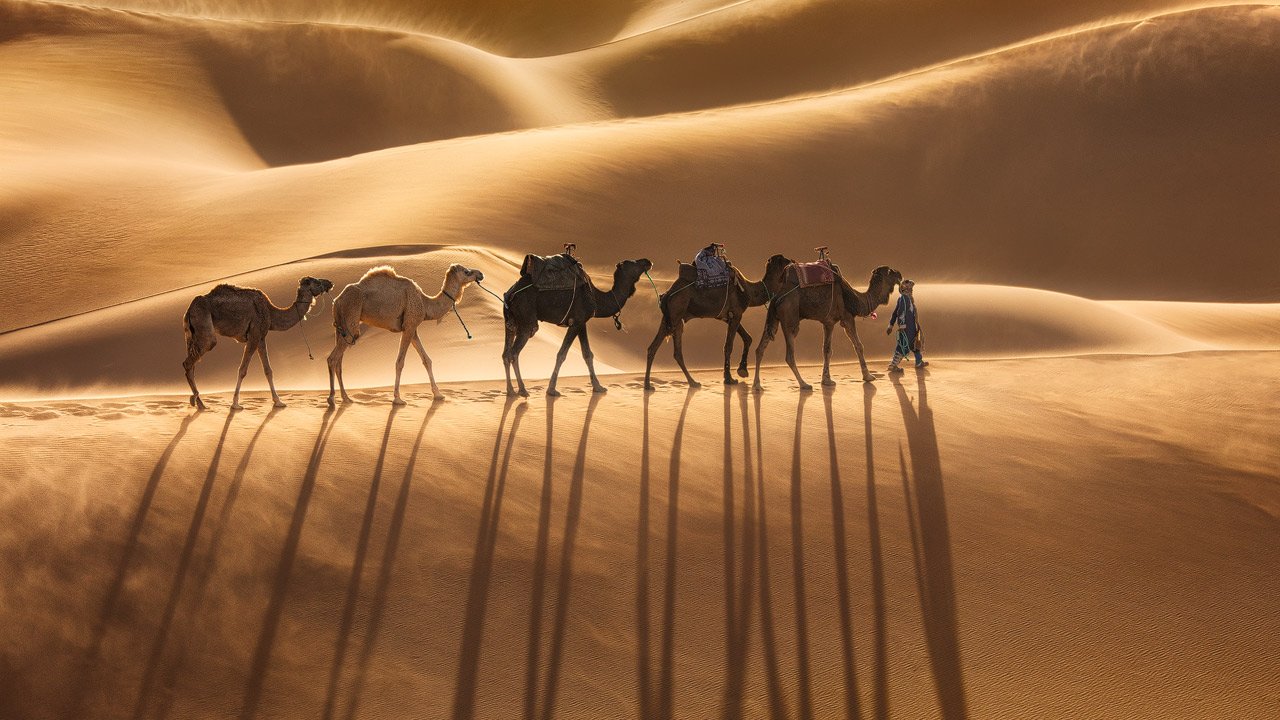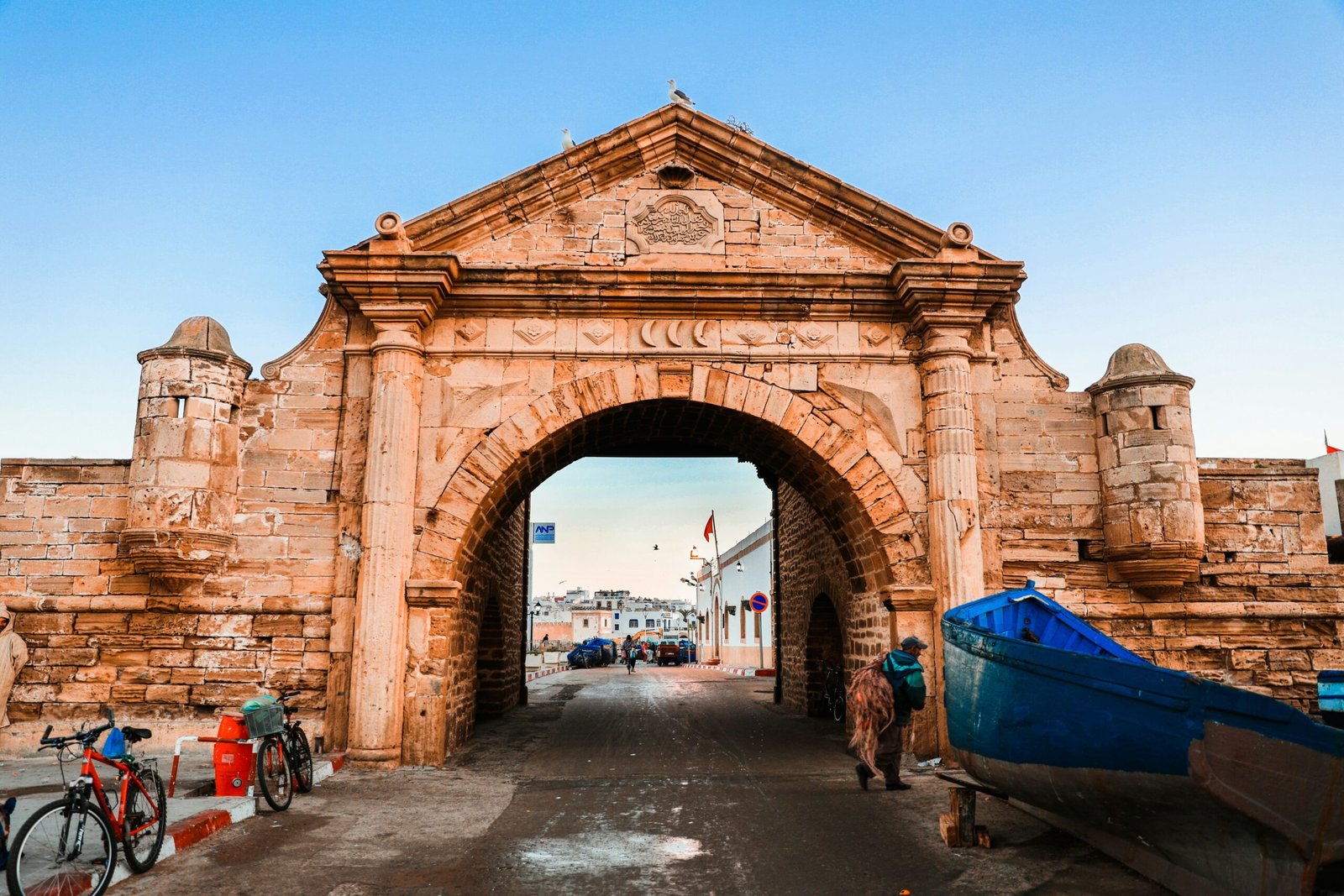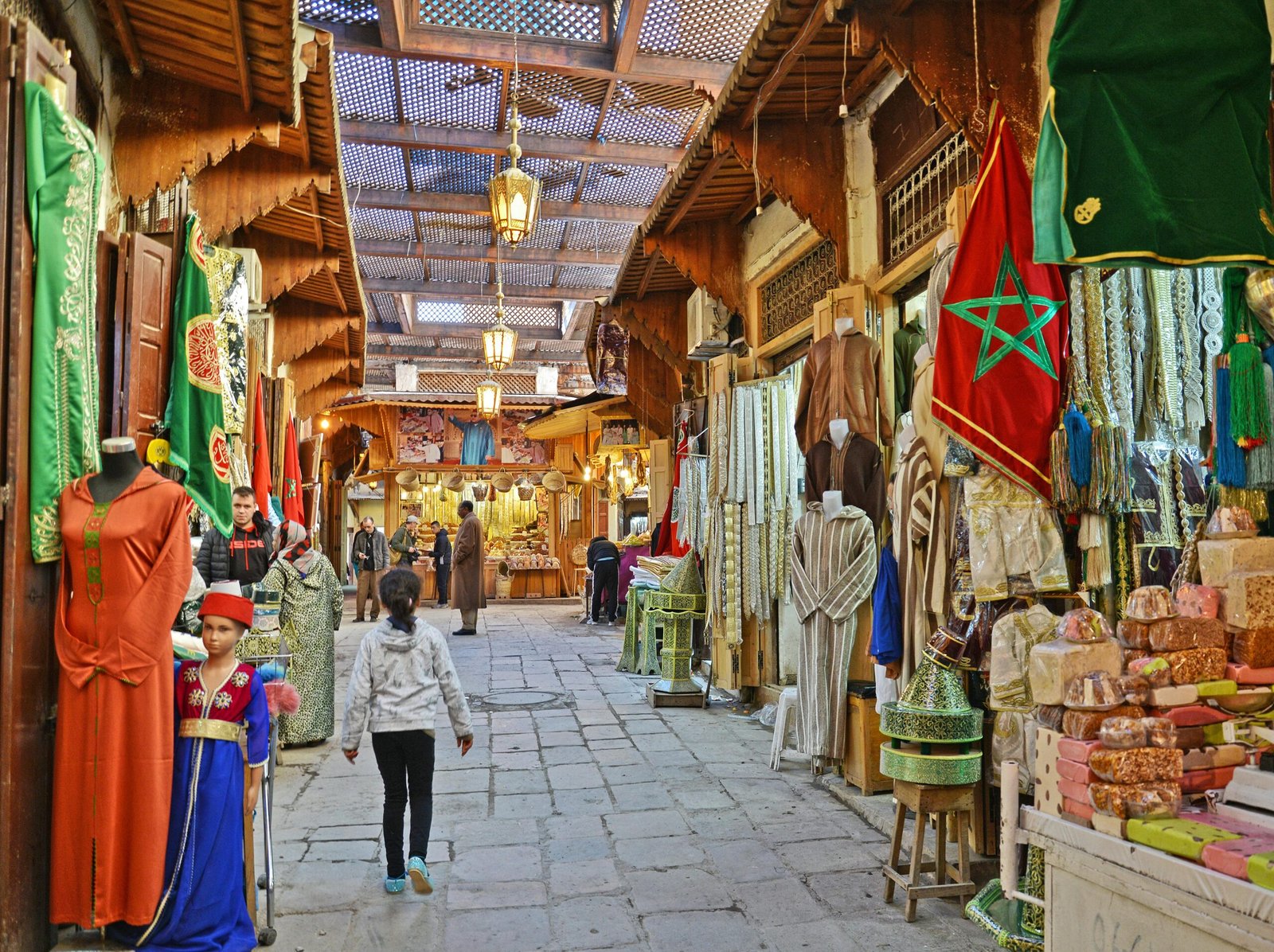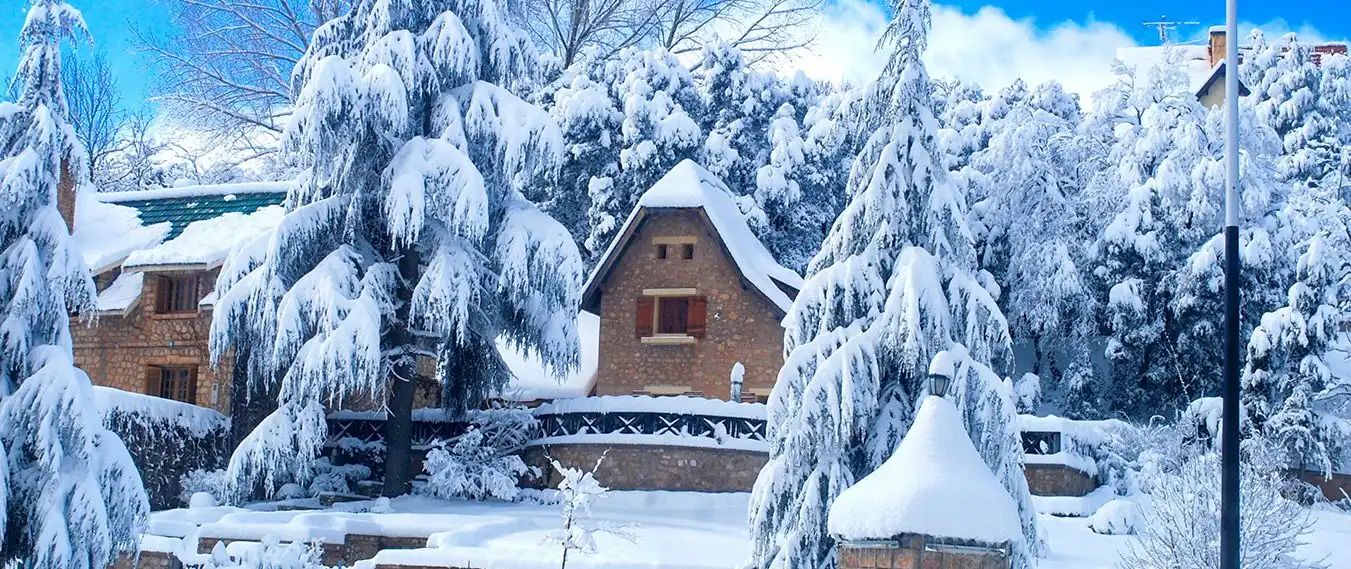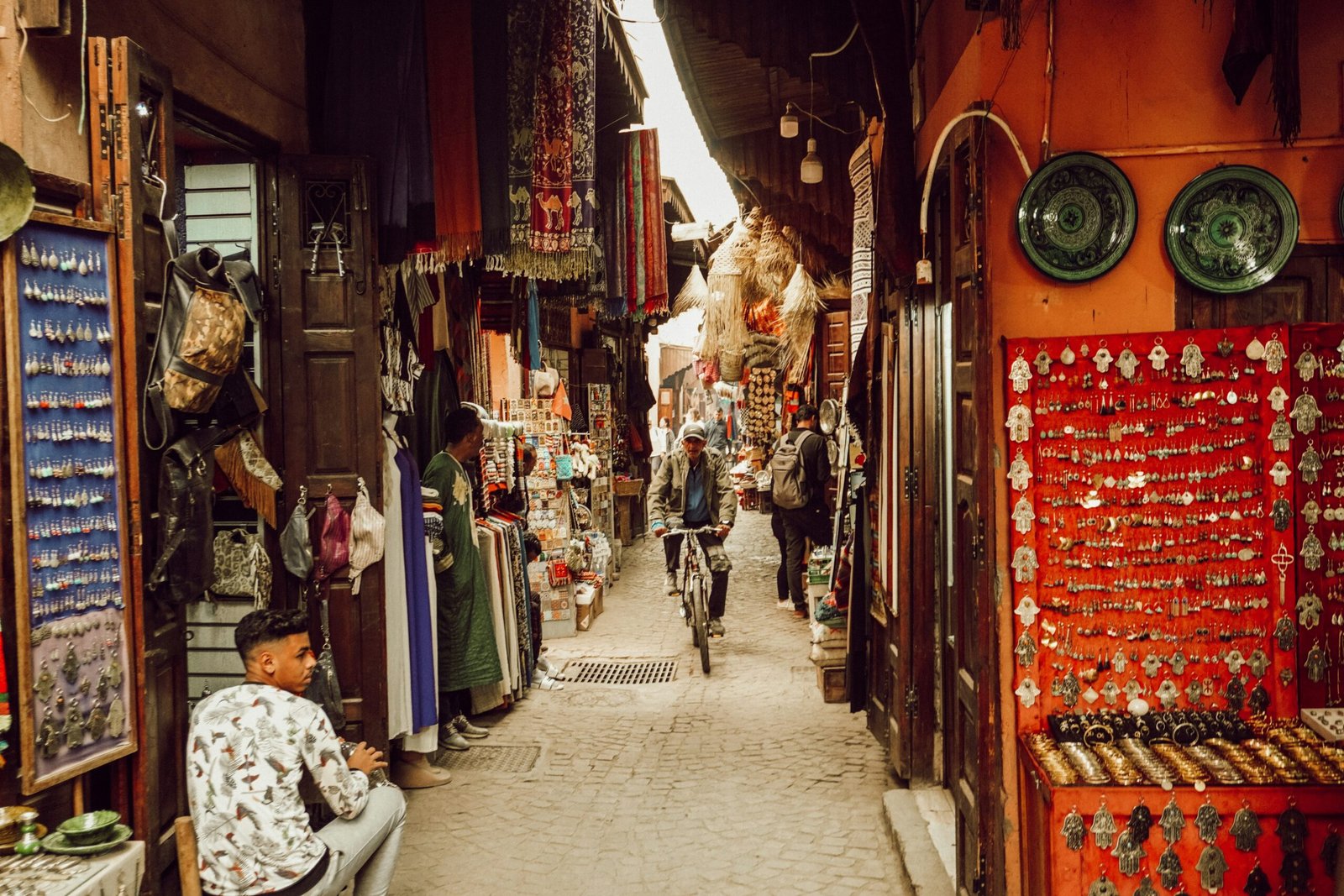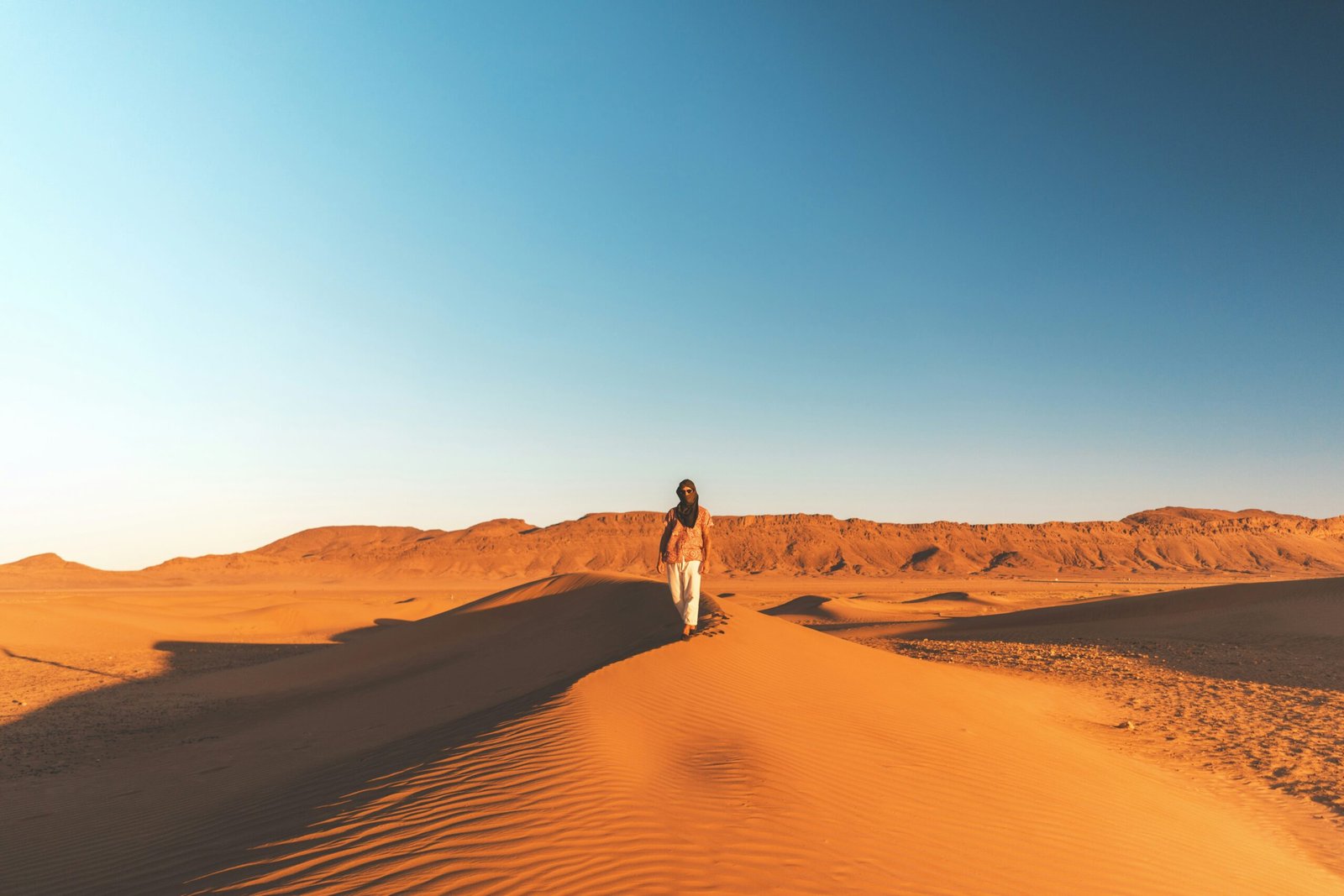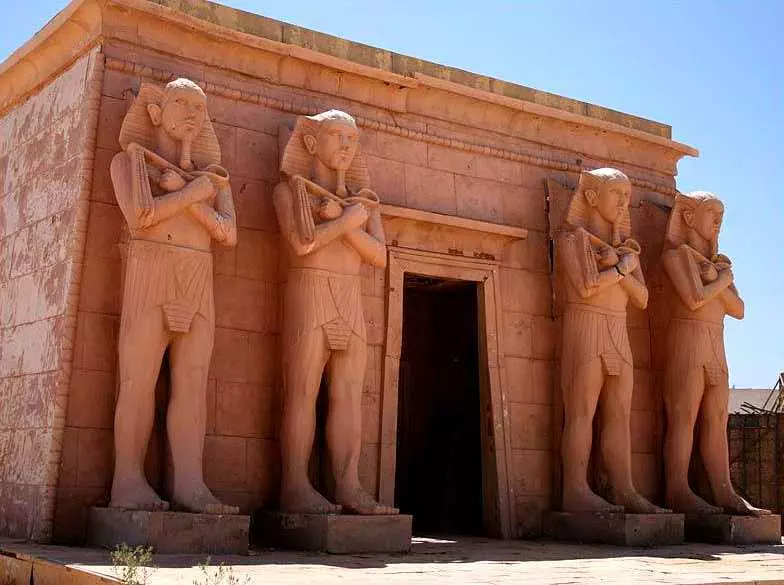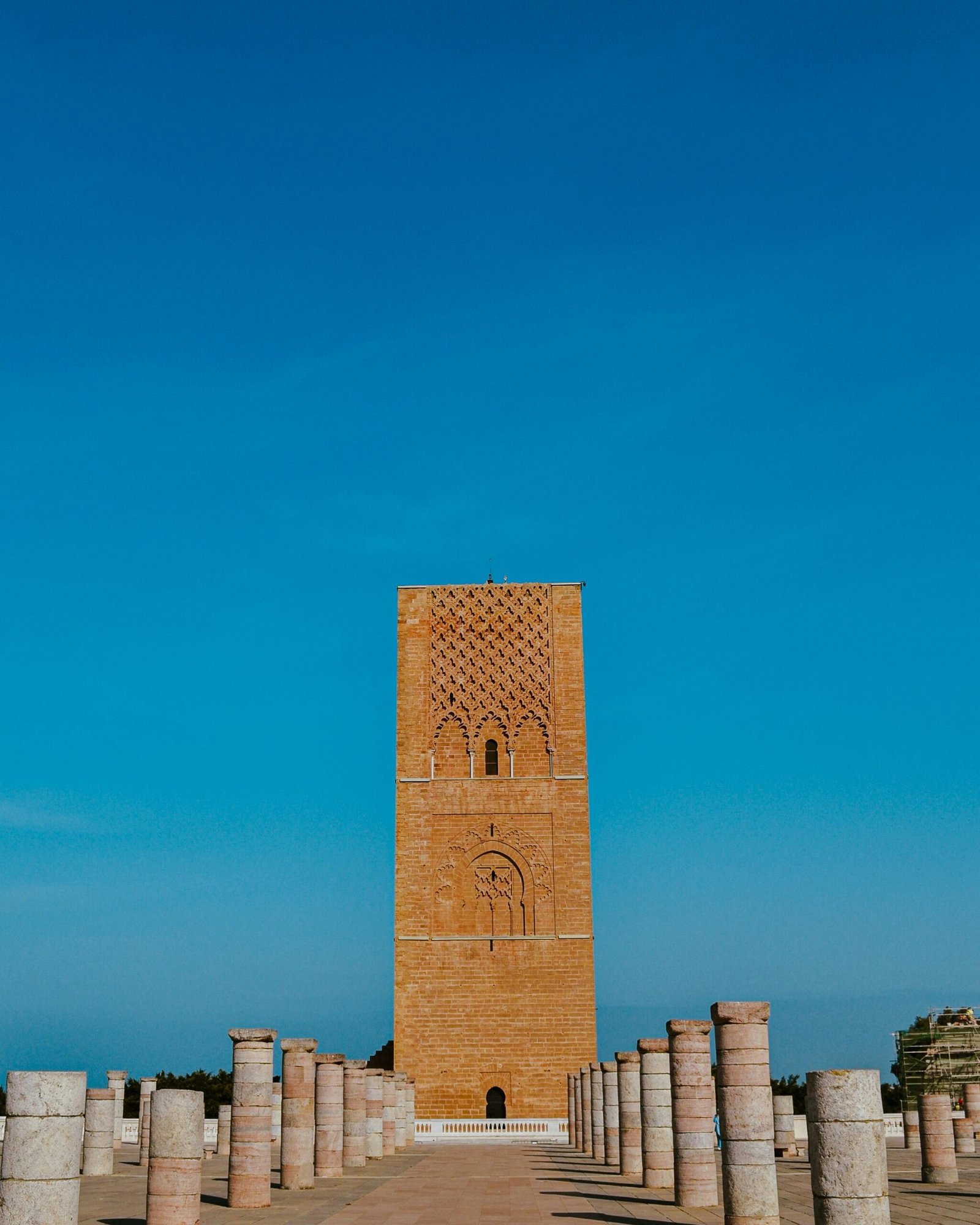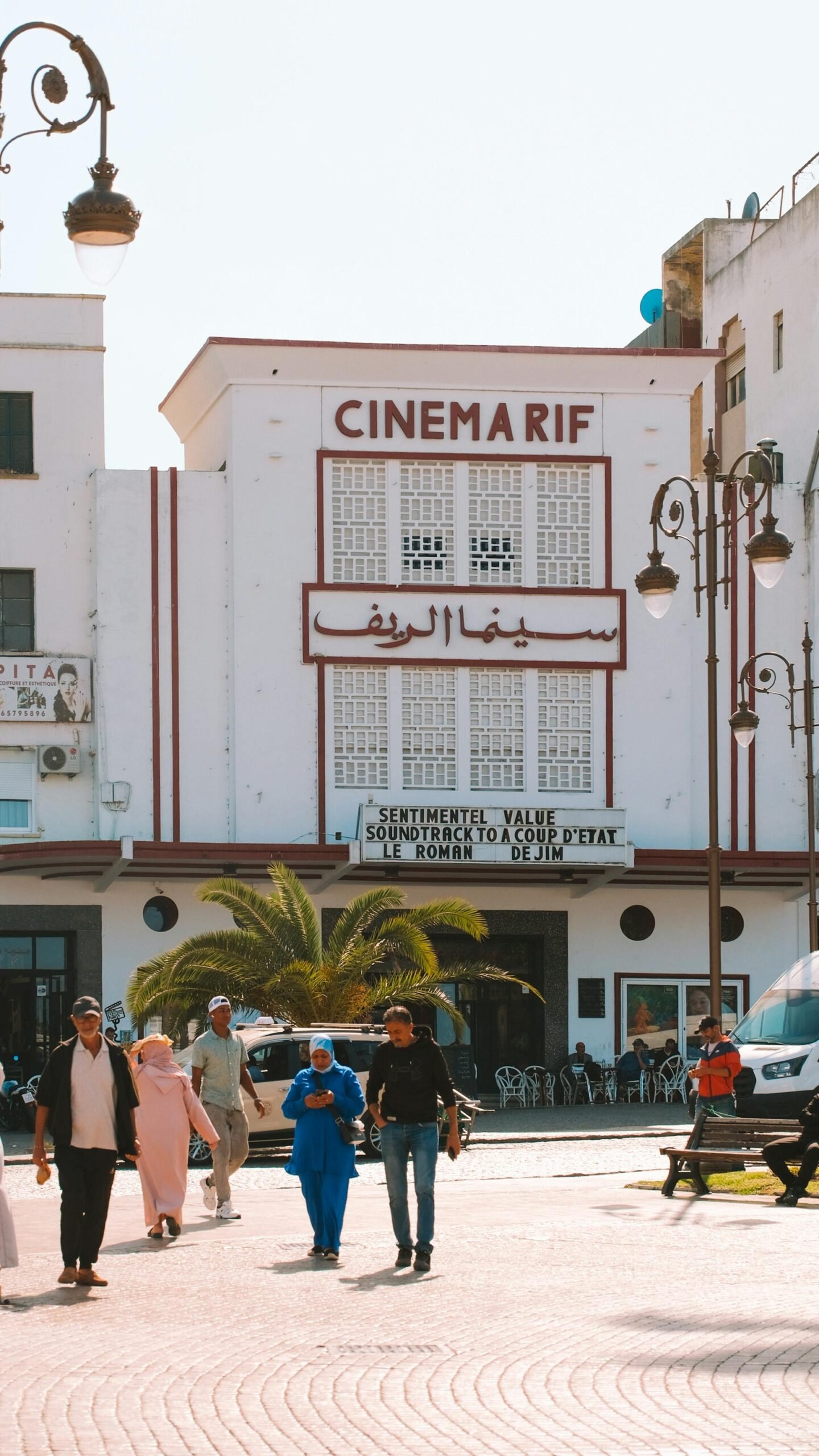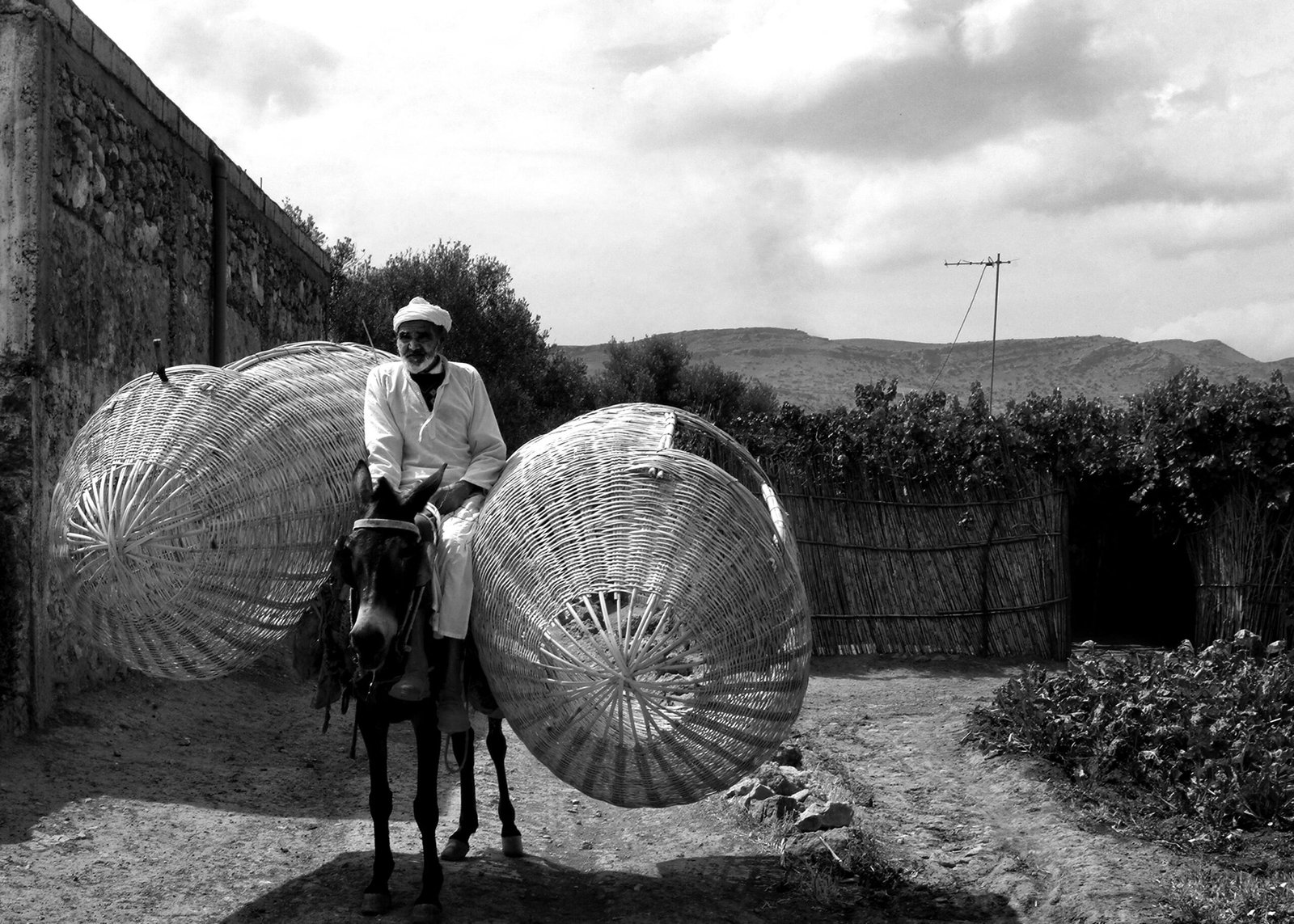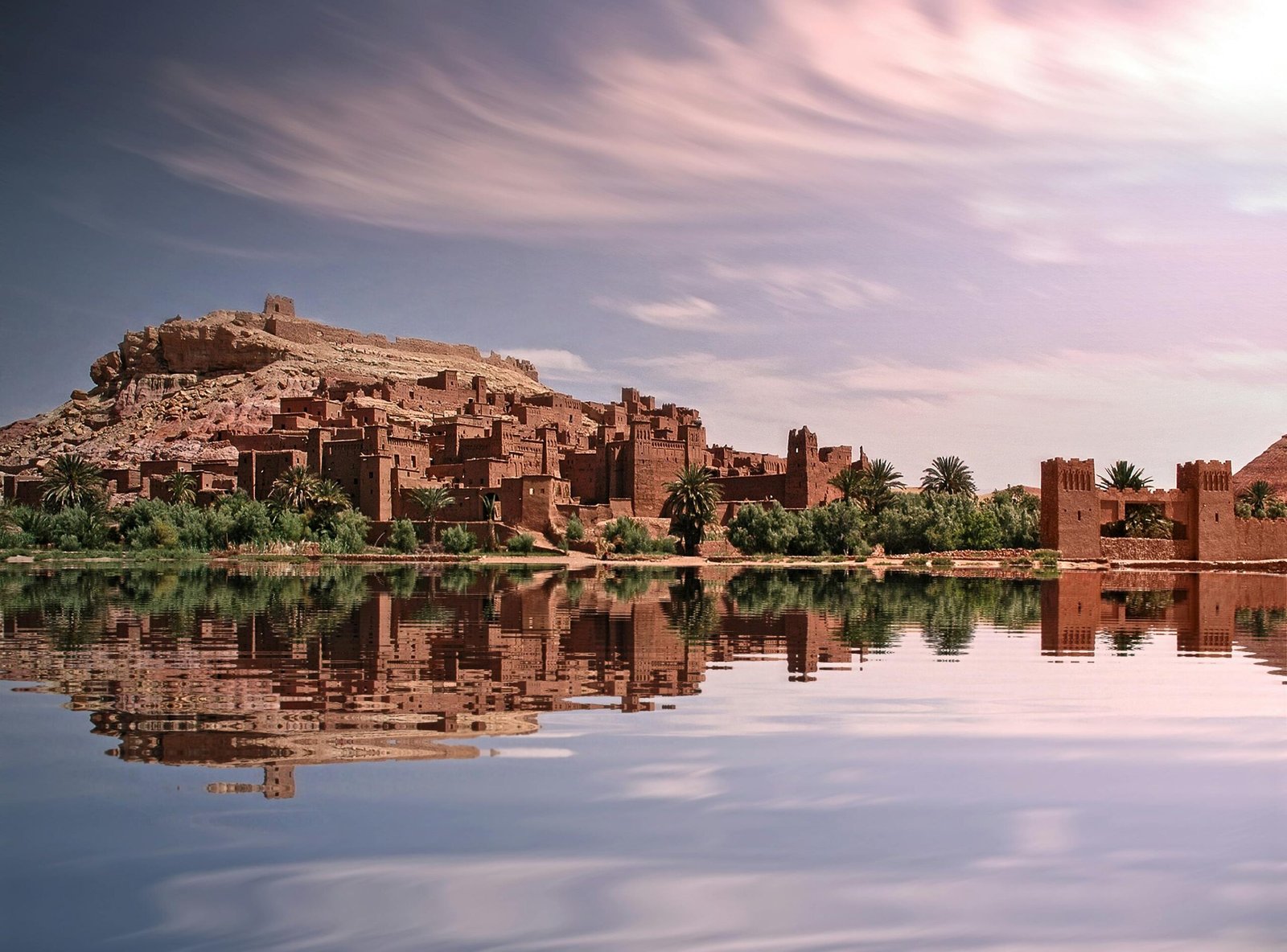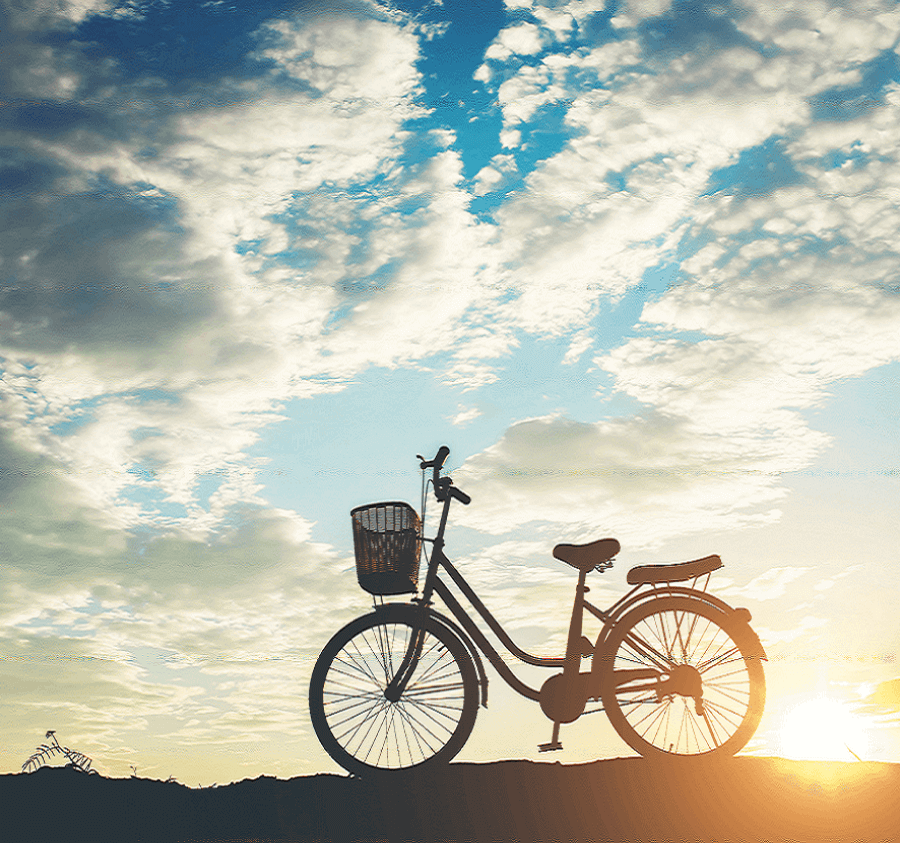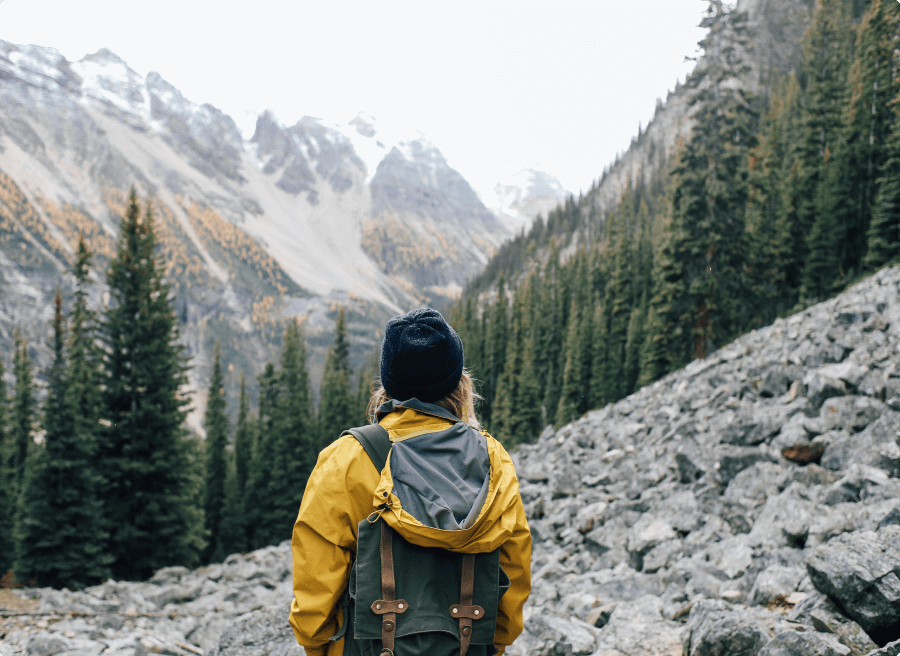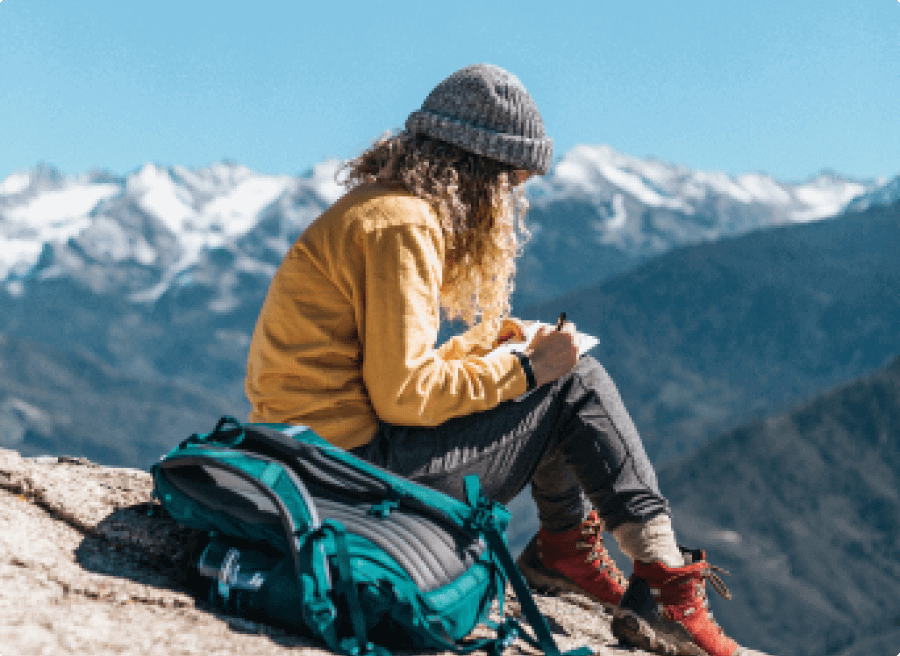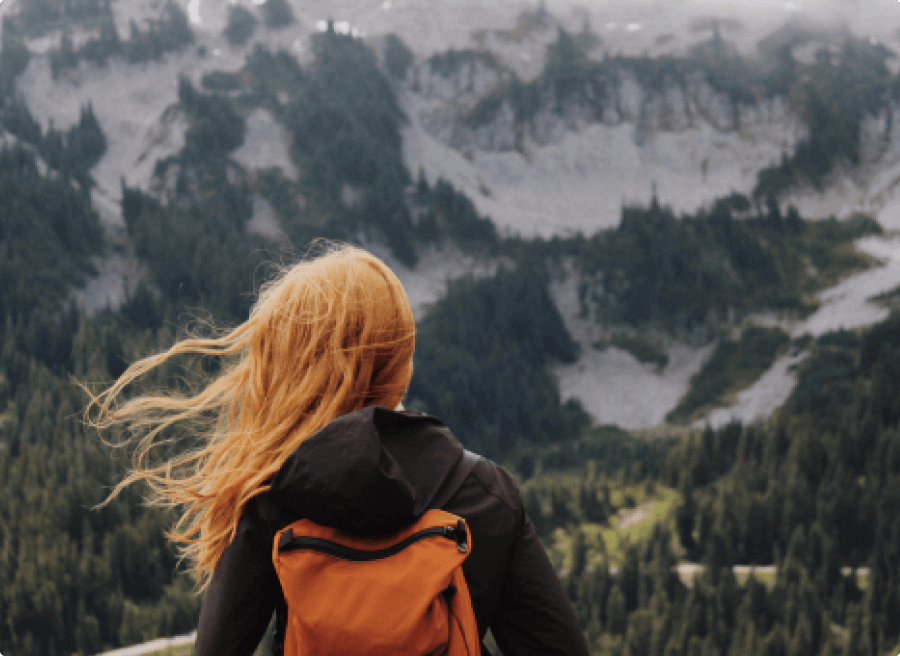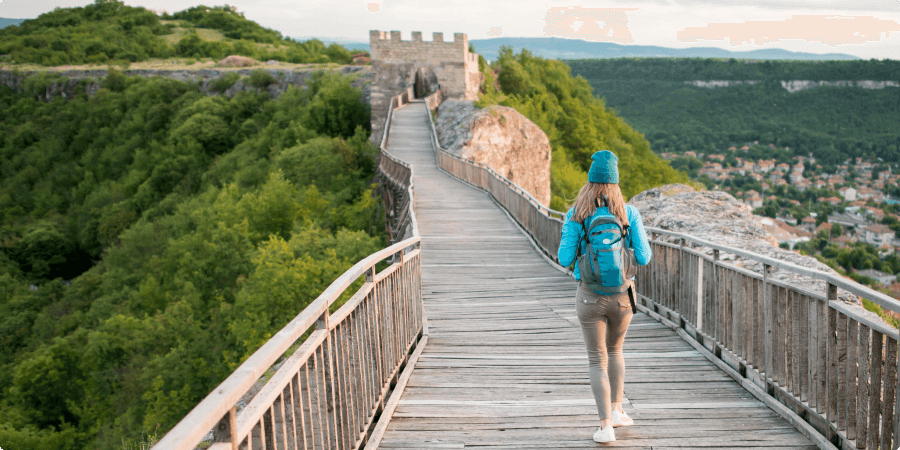Explore the nomadic way of life, including their movement patterns, cultural practices, and challenges faced. Learn how nomads adapt to extreme environments and the support systems in place for their survival.
The Nomadic Way of Life
Generally speaking, nomadism is a way of life based on moving. Foraging motivates the movement of nomads, with the largest nomadic societies practicing pastoralism, where they search for pasture, and animal movement is based on human mobility. Nomads move to areas with abundant rainfall or favorable climatic conditions. Typically, they migrate to mountains in summer or cooler areas and to the desert in winter. This movement can take from several days to a few months, using donkeys and camels for luggage and small children.
Organized Movement and Survival
Nomads move in an organized manner within a given area, which can be more or less extensive. Despite increasing human presence, nomads continue to thrive in extreme environments like deserts and arid regions, where agriculture is impossible. They showcase their resilience in arid, semi-arid, or forested areas, both hot and cold.
Challenges Faced by Nomads
Nomads face numerous challenges that make life harsher, including issues related to schooling and hygiene, such as high rates of venereal diseases. They also suffer from drought and desertification, with many desert wells drying up. However, several civil associations support nomads by providing health and education services, building hospitals, schools, and new wells to overcome drought.
Roles and Responsibilities
Among nomads, men represent the majority of income sources and are responsible for family herding, multiple chores, and the overall direction of economic activities. They also form alliances and other forms of solidarity with other nomadic families. Children participate in herding, while women handle daily chores, including fetching water, which often involves carrying heavy basins for several kilometers.
Cultural Practices and Social Structure
Nomads move in groups, mostly from the same Arabic or Berber tribes, with most marriages occurring within these groups. Making tea is a ceremonial practice, used extensively for its benefits in relieving tiredness, refreshing, and reducing hunger pangs. The use of tea in the Sahara dates back to the mid-nineteenth century. Bread is cooked using a special nomadic method involving hot sand.
Interaction with Tourism
Nomadism has several exchanges with tourism in the Moroccan desert, particularly in the Chegaga desert south of Zagora or the Merzouga desert. Many nomads work in these areas by renting their camels or directly working in tourist camps, providing an additional economic source to resist the hardships of desert mobility.
For more insights into the life of nomads, their challenges, and their interaction with modern society, visit Morocco Dunes.Explore the nomadic way of life, including their movement patterns, cultural practices, and challenges faced. Learn how nomads adapt to extreme environments and the support systems in place for their survival.
The Nomadic Way of Life
Generally speaking, nomadism is a way of life based on moving. Foraging motivates the movement of nomads, with the largest nomadic societies practicing pastoralism, where they search for pasture, and animal movement is based on human mobility. Nomads move to areas with abundant rainfall or favorable climatic conditions. Typically, they migrate to mountains in summer or cooler areas and to the desert in winter. This movement can take from several days to a few months, using donkeys and camels for luggage and small children.
Organized Movement and Survival
Nomads move in an organized manner within a given area, which can be more or less extensive. Despite increasing human presence, nomads continue to thrive in extreme environments like deserts and arid regions, where agriculture is impossible. They showcase their resilience in arid, semi-arid, or forested areas, both hot and cold.
Challenges Faced by Nomads
Nomads face numerous challenges that make life harsher, including issues related to schooling and hygiene, such as high rates of venereal diseases. They also suffer from drought and desertification, with many desert wells drying up. However, several civil associations support nomads by providing health and education services, building hospitals, schools, and new wells to overcome drought.
Roles and Responsibilities
Among nomads, men represent the majority of income sources and are responsible for family herding, multiple chores, and the overall direction of economic activities. They also form alliances and other forms of solidarity with other nomadic families. Children participate in herding, while women handle daily chores, including fetching water, which often involves carrying heavy basins for several kilometers.
Cultural Practices and Social Structure
Nomads move in groups, mostly from the same Arabic or Berber tribes, with most marriages occurring within these groups. Making tea is a ceremonial practice, used extensively for its benefits in relieving tiredness, refreshing, and reducing hunger pangs. The use of tea in the Sahara dates back to the mid-nineteenth century. Bread is cooked using a special nomadic method involving hot sand.
Interaction with Tourism
Nomadism has several exchanges with tourism in the Moroccan desert, particularly in the Chegaga desert south of Zagora or the Merzouga desert. Many nomads work in these areas by renting their camels or directly working in tourist camps, providing an additional economic source to resist the hardships of desert mobility.
For more insights into the life of nomads, their challenges, and their interaction with modern society, visit Morocco Dunes.

